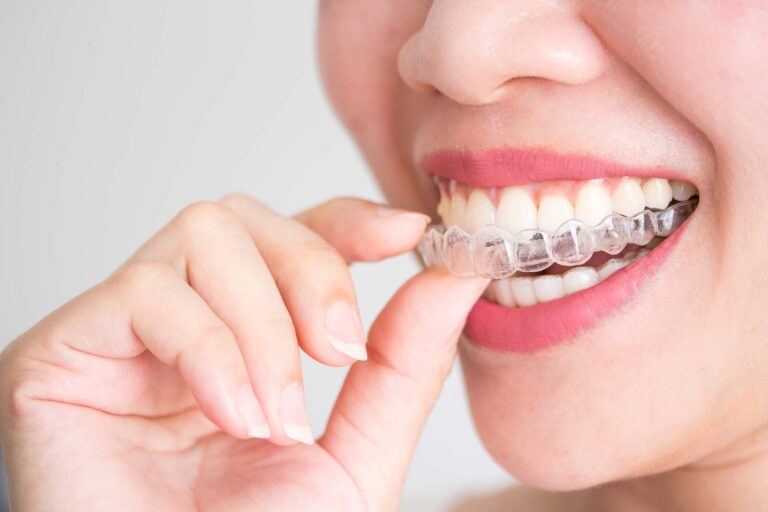Orthodontics

Orthodontics: Enhancing Smiles and Oral Health
Introduction
Orthodontics is more than just straightening teeth; it is a specialized branch of dentistry focused on diagnosing, preventing, and correcting malocclusions—misalignments of teeth and jaws. Left untreated, malocclusions can cause severe oral health issues, including speech problems, difficulty chewing, increased risk of tooth decay, and even chronic jaw pain. Orthodontic treatment not only improves aesthetics but also ensures long-term functionality and health of the teeth and gums.
The Importance of Malocclusion and Its Treatment Plan by Orthodontists
Malocclusion is not just a cosmetic concern; it is a medical issue that can lead to long-term complications if ignored.
Common malocclusions include overcrowding, overbites, underbites, crossbites, and open bites. Each condition requires a tailored treatment plan designed by an orthodontist to correct the alignment efficiently.
An orthodontist evaluates a patient’s dental and skeletal structure through clinical examinations, X-rays, and digital scans. Based on the severity of malocclusion, treatment options are recommended to enhance both function and aesthetics. Early intervention is particularly crucial, as certain malocclusions can be more challenging to correct in adulthood. Treating malocclusion in children can guide jaw growth and prevent future complications.
Orthodontic treatment goes beyond just improving a smile—it plays a crucial role in maintaining proper bite function, reducing the risk of periodontal diseases, and preventing excessive wear on teeth.
Types of Orthodontic Treatment
1. Traditional Braces
Traditional metal braces have been a reliable solution for decades. They consist of metal brackets attached to the teeth, connected by wires and elastic bands that gradually shift teeth into their correct positions. While highly effective, metal braces require regular adjustments by an orthodontist and can sometimes be uncomfortable.
For patients who prefer a less visible option, ceramic braces are available. These work similarly to metal braces but use tooth-colored brackets, making them less noticeable. Despite being slightly more fragile and costly than metal braces, they are a popular choice for individuals seeking effective treatment with a more aesthetic appearance.
2. Authorized Invisalign Provider
Invisalign revolutionized orthodontic care by introducing clear aligners as an alternative to traditional braces. An authorized Invisalign provider customizes a series of virtually invisible, removable trays that gradually reposition the teeth. These aligners offer numerous benefits:
- Aesthetic appeal – They are clear and discreet.
- Comfort – No metal wires or brackets to cause irritation.
- Convenience – Patients can remove them for eating, brushing, and flossing.
However, Invisalign is not suitable for every case, particularly for severe malocclusions that require more controlled movements. An experienced orthodontist determines if a patient is an ideal candidate for this treatment.
Conclusion
Orthodontic treatment is not just about straight teeth—it is about maintaining long-term oral health, preventing future complications, and improving overall quality of life. Whether through traditional braces or Invisalign, an orthodontist’s expertise ensures the best possible outcome. Investing in orthodontic care is a decision that benefits both aesthetics and functionality, leading to a healthier, more confident smile.
